In the period of 2021 - 2025, Dien Bien province was assigned a total capital source to implement the National Target Program on Sustainable Poverty Reduction of more than 2,063 billion VND. This is an important resource for the province to invest in infrastructure, support production, increase income and improve people's lives, especially ethnic minorities in remote, isolated and border areas. Despite facing many difficulties due to epidemics and natural disasters, with the drastic participation of the entire political system, the consensus of businesses and people, the province's poverty reduction programs have brought about many positive results, contributing to changing the face of rural and mountainous areas.
As a province with a high poverty rate, with more than 80% of the population being ethnic minorities and a fragmented terrain, Dien Bien province has flexibly implemented many poverty reduction solutions suitable to the conditions of each region and each population group; focusing on diversifying livelihoods, developing production associated with career conversion.
|
Xa Dung commune people take care of their breeding cows - a model that brings practical results in household economic development, contributing to diversifying livelihoods and increasing income for people. |
During this period, the whole province has supported the construction and replication of more than 200 poverty reduction models and projects such as: Macadamia and coffee tree development, buffalo and cow breeding... Each year, more than 8,000 workers are trained in vocational skills, thousands of poor households are supported with housing, domestic water facilities, means of production, creating conditions for household economic development.
Reviewing the outstanding results of the National Target Program on Socio-Economic Development in Ethnic Minority and Mountainous Areas for the 2021-2025 period, Mr. Nguyen Thanh Son, Director of the Department of Ethnic Minorities and Religions, said: With Project 1 - "Solving the shortage of residential land, housing, production land and domestic water", the whole province has 723 households supported with housing, 964 households supported in job conversion and 29,756 households have access to and use centralized domestic water, contributing to improving people's lives. For Project 2 - "Planning, arranging, relocating and stabilizing residents in necessary places", the whole province has been allocated more than 140 billion VND to implement 6 residential stabilization projects for 430 households, creating conditions for people to settle down and feel secure in developing production. Particularly for Project 3 - "Developing sustainable agricultural and forestry production according to the value chain", the whole province has supported the planting of nearly 300 hectares of protective forests and production forests; accompanied thousands of households in implementing 110 projects linking production according to the value chain (macadamia, cinnamon, coffee, pineapple...) and 338 projects developing community production (raising geese, chickens, buffaloes, breeding horses, fish; planting rice, corn, cassava, tea, cinnamon, macadamia, cardamom...).
Along with production support, authorities at all levels have also effectively promoted social policy credit programs, helping poor and near-poor households and policy beneficiaries access preferential capital to expand production and business, creating jobs on the spot. Many models of "good farmers in production and business" and "women helping each other in economic activities" have been replicated, contributing to spreading the spirit of self-reliance and self-reliance in the community.
Along with investment resources from the Central Government, the province focuses on promoting internal resources, encouraging people to change their thinking and working methods, boldly applying technical advances, and linking production of goods. In some localities such as Tuan Giao, Na Sang, Pa Ham... the movement to develop macadamia, coffee, and pineapple trees helps people increase their income, forming a direction for sustainable agricultural economic development.
|
People of Na Sang commune harvest pineapple. |
In Quai To commune, the model of growing medicinal herbs under the forest canopy opens up a new livelihood for the people. Ms. Lo Thi La, Pom Ban village shared: “Previously, people were only used to growing corn and upland rice, and were short of food all year round. Since participating in the ginseng and medicinal herb growing model, receiving technical training and capital support, life has improved.”
In many remote communes, people's livelihoods have been expanded, and their material and spiritual lives have been significantly improved. Operating a two-level local government model, the commune level, which is closer to the people, is more proactive in reviewing and classifying poor households, developing realistic support plans, and at the same time mobilizing social resources to care for people's lives, ensuring social security and sustainable poverty reduction.
Poverty reduction programs and projects are integrated into the province's socio-economic development planning, focusing on investment in transport infrastructure, irrigation, rural electricity, education, health care and agriculture. In particular, the province prioritizes support for vulnerable groups such as poor and near-poor households, women, children and ethnic minorities. Propaganda work is promoted, arousing the will to rise up and the spirit of self-reliance in each household. The movement "For the poor - No one is left behind" spreads strongly, attracting the participation of the entire political system, business community and people.
Thanks to the synchronous implementation of many solutions, the poverty rate in the province has decreased rapidly and sustainably; from 34.9% in 2021, it will decrease to about 19.3% by September 2025. This reflects the effectiveness of leadership and direction of Party committees and authorities at all levels, while affirming the central role of people in the poverty reduction process. Wherever livelihoods are expanded, there faith, aspiration and will to rise up are ignited.
Diversifying livelihoods associated with innovation in organizational methods and effective use of resources has opened up the right direction. Poverty reduction is no longer a mere support, but has become a process of awakening internal strength, creating opportunities for each person to stand on their own feet, contributing to building a prosperous and fulfilling life, gradually realizing the development aspirations of the heroic land in the new period.
Mai Khoi
Source: https://dienbientv.vn/tin-tuc-su-kien/kinh-te/202511/da-dang-hoa-sinh-ke-huong-toi-giam-ngheo-ben-vung-5821577/


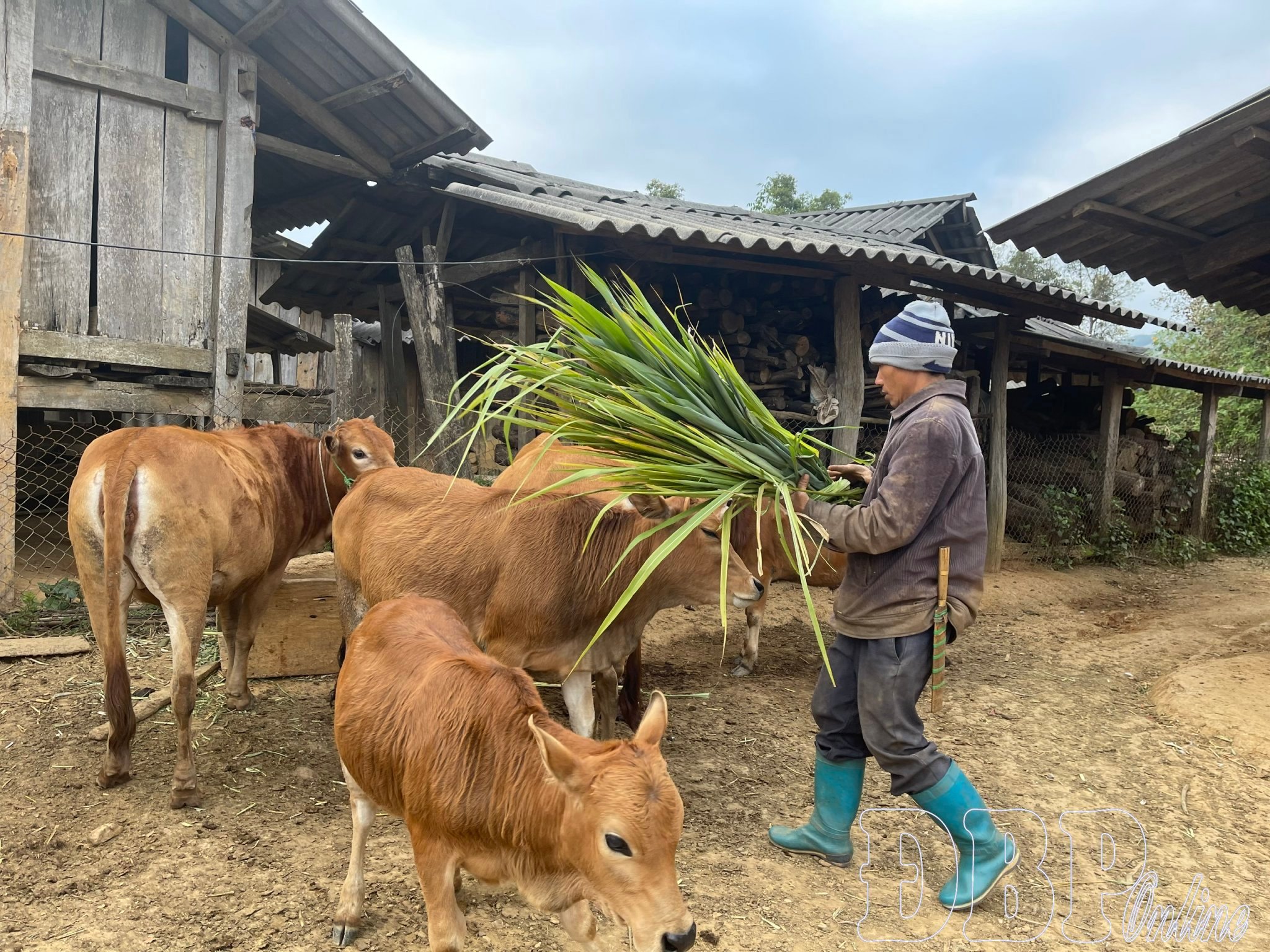
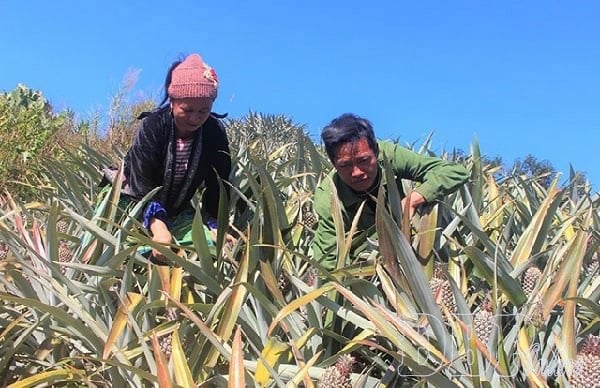

![[Photo] President Luong Cuong receives President of the Senate of the Czech Republic Milos Vystrcil](/_next/image?url=https%3A%2F%2Fvphoto.vietnam.vn%2Fthumb%2F1200x675%2Fvietnam%2Fresource%2FIMAGE%2F2025%2F11%2F20%2F1763629737266_ndo_br_1-jpg.webp&w=3840&q=75)


![[Photo] National Assembly Chairman Tran Thanh Man holds talks with South Korean National Assembly Chairman Woo Won Shik](/_next/image?url=https%3A%2F%2Fvphoto.vietnam.vn%2Fthumb%2F1200x675%2Fvietnam%2Fresource%2FIMAGE%2F2025%2F11%2F20%2F1763629724919_hq-5175-jpg.webp&w=3840&q=75)
![[Photo] Lam Dong: Panoramic view of Lien Khuong waterfall rolling like never before](/_next/image?url=https%3A%2F%2Fvphoto.vietnam.vn%2Fthumb%2F1200x675%2Fvietnam%2Fresource%2FIMAGE%2F2025%2F11%2F20%2F1763633331783_lk7-jpg.webp&w=3840&q=75)
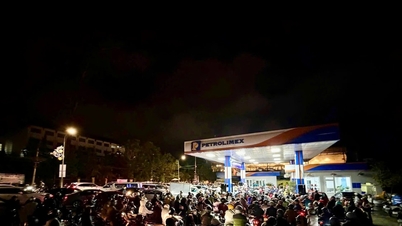

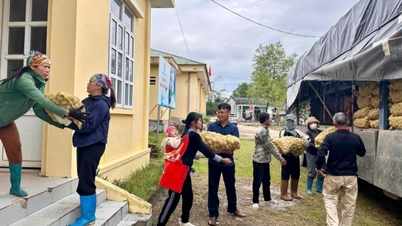

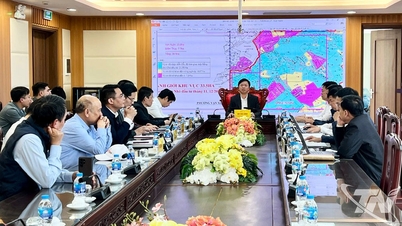

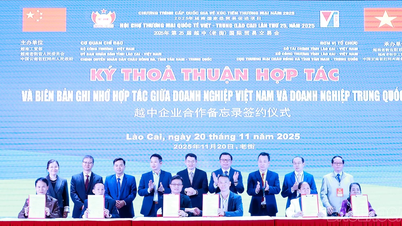



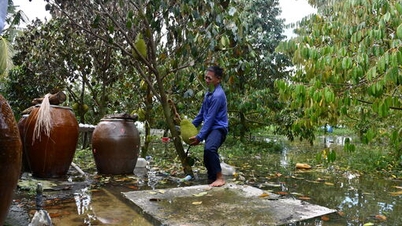

















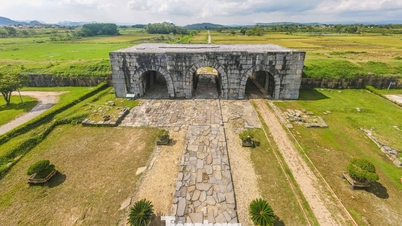

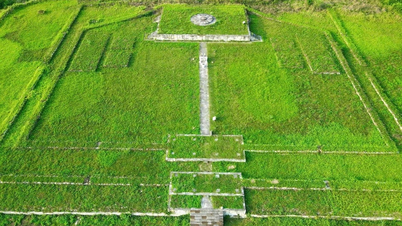




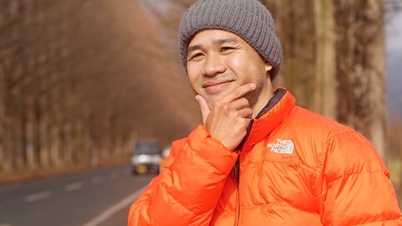


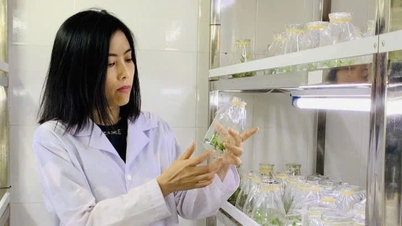

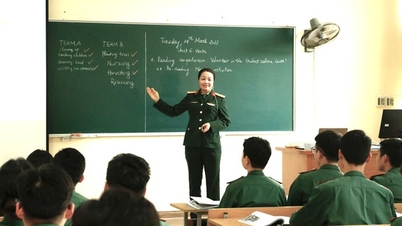



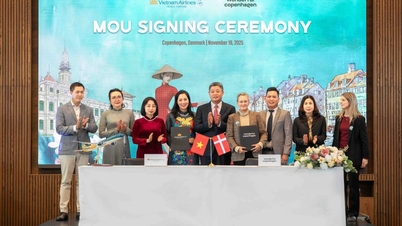





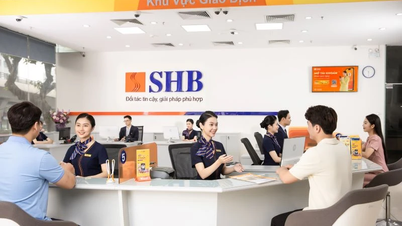








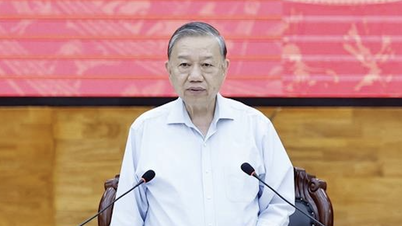



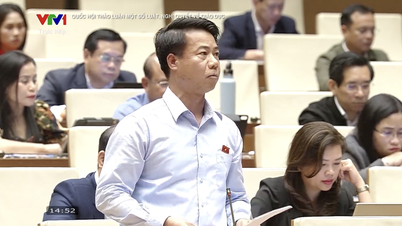



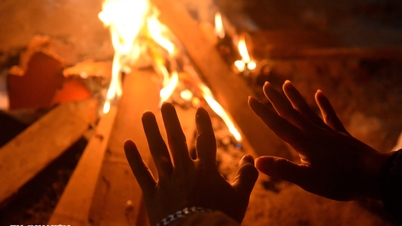


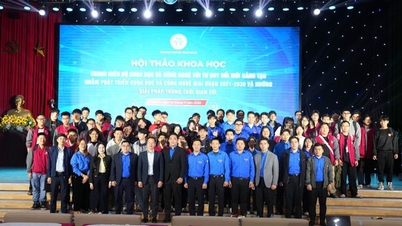

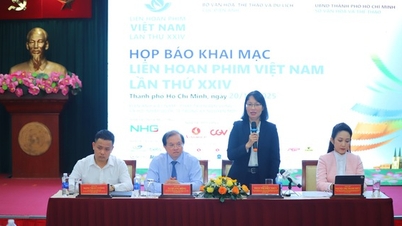


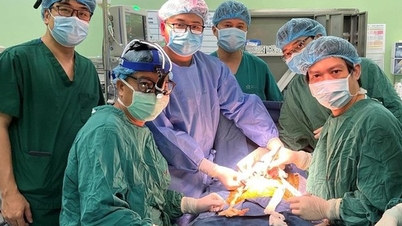

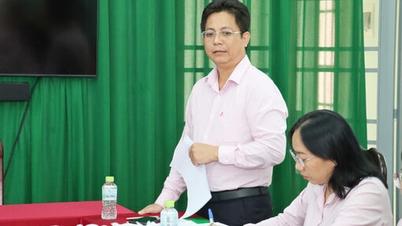
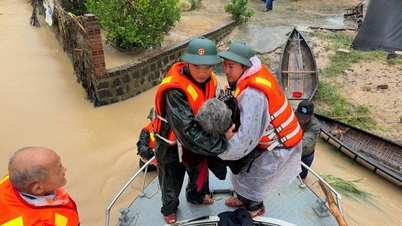


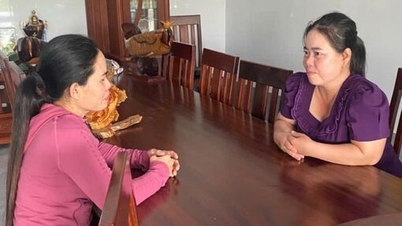
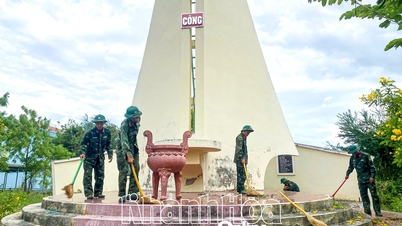

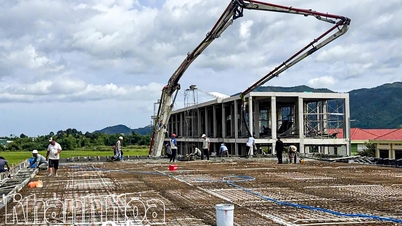


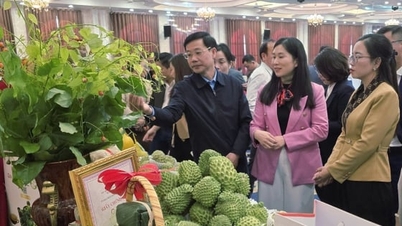











Comment (0)